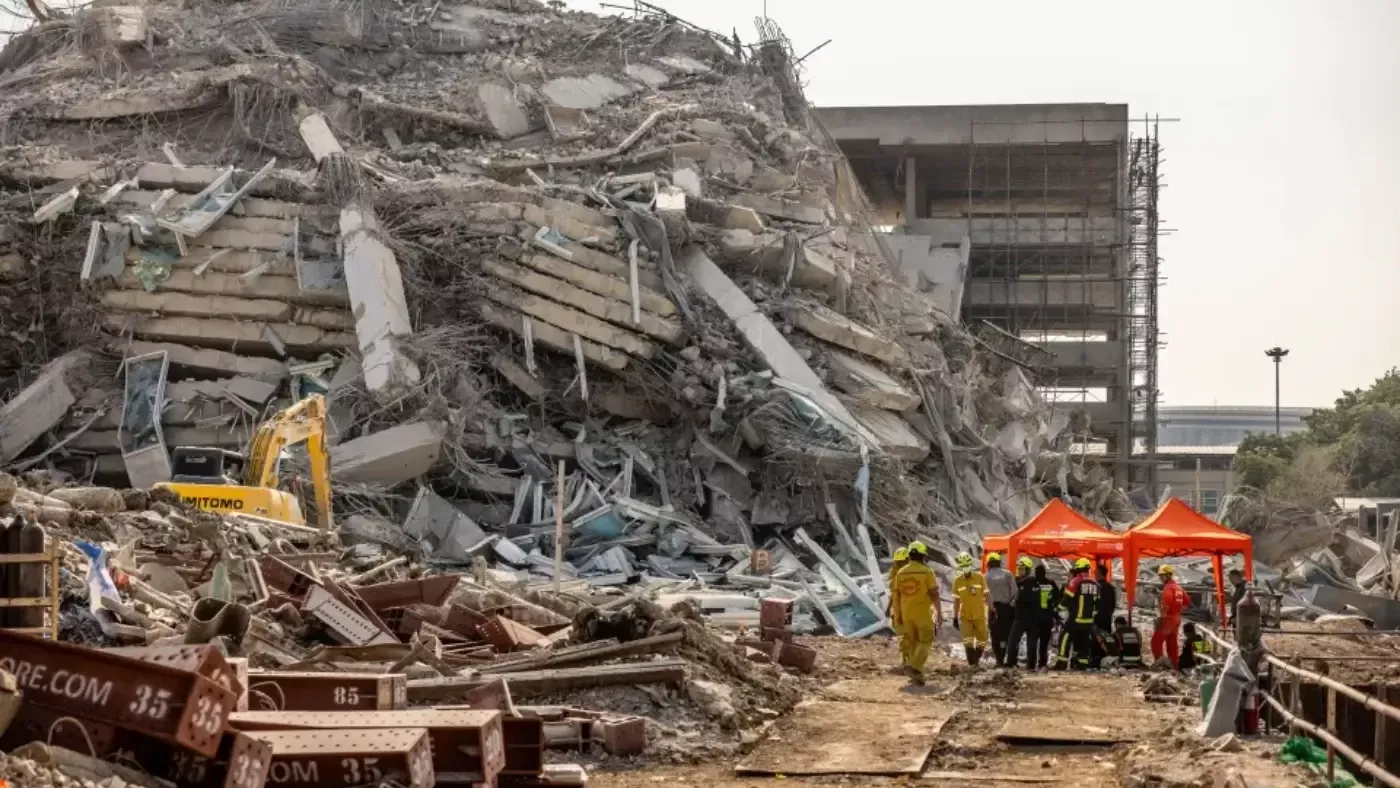
On March 28, two strong earthquakes with magnitudes of 7.7 and 6.4 occurred in Myanmar and neighboring Thailand. The earthquakes were felt in major cities, including Bangkok, where a state of emergency was declared and airport operations were suspended. A 30-story skyscraper under construction in the Thai capital collapsed, leaving 43 people trapped under the rubble.

Photo: Reuters
The consequences of the earthquake in Myanmar were even more devastating. A bridge over the Irrawaddy River between the cities of Mandalay and Sikkim collapsed, and historic buildings, including the Chaukhtatgyi Pagoda and the walls of the 19th-century Mandalay Palace, were damaged.
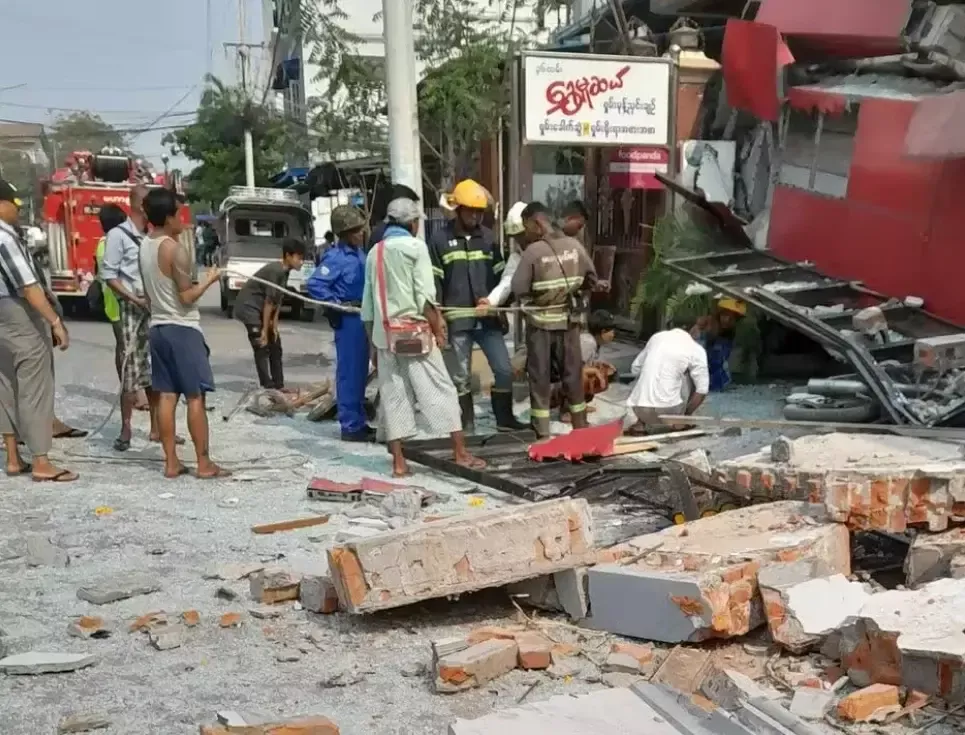
Photo: Khit Thit Media
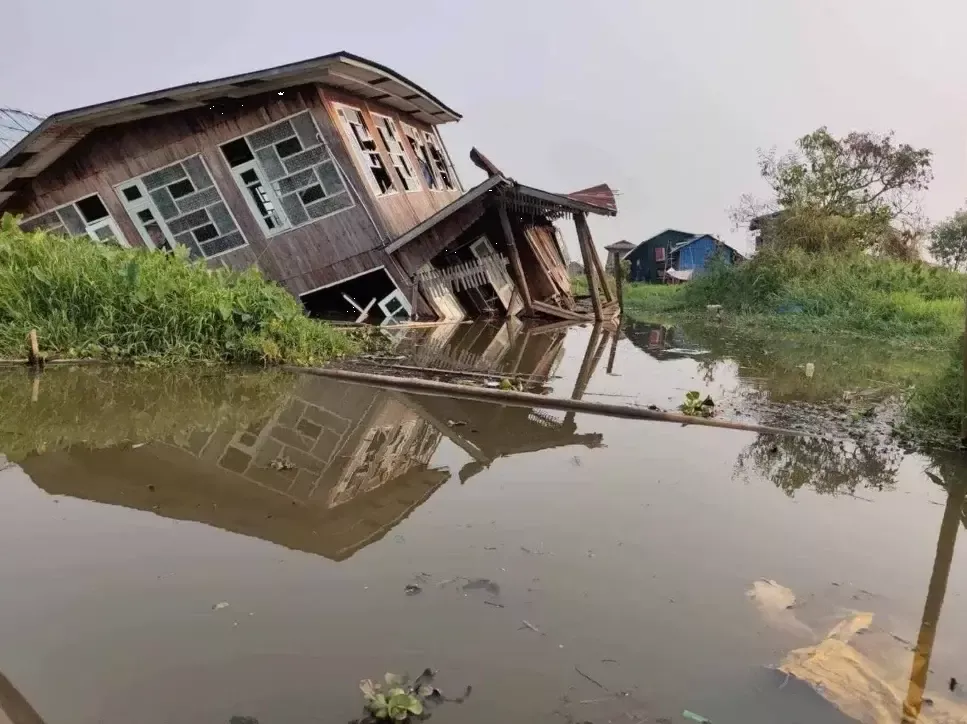
Photo: Khit Thit Media
According to local residents, many houses have been completely destroyed, and people are afraid to return to buildings due to the risk of aftershocks.
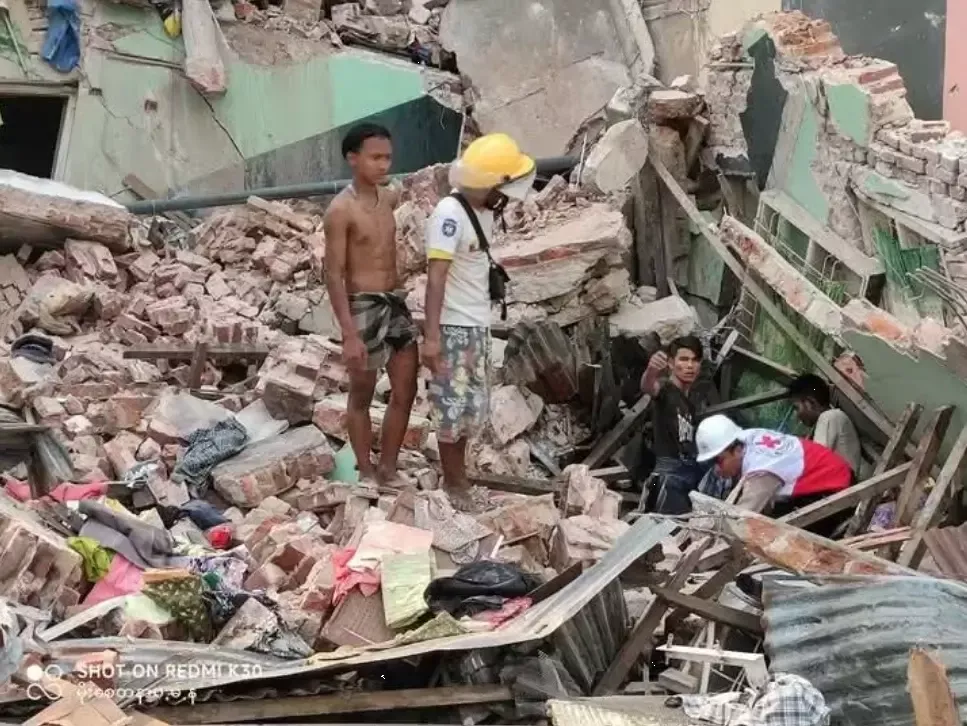
Photo: Khit Thit Media
According to the latest information, 144 people have died as a result of the earthquake in Myanmar, and the number of victims may increase. This was announced by the chairman of the country's State Administrative Council, Prime Minister, and Senior General Min Aung Hlaing.
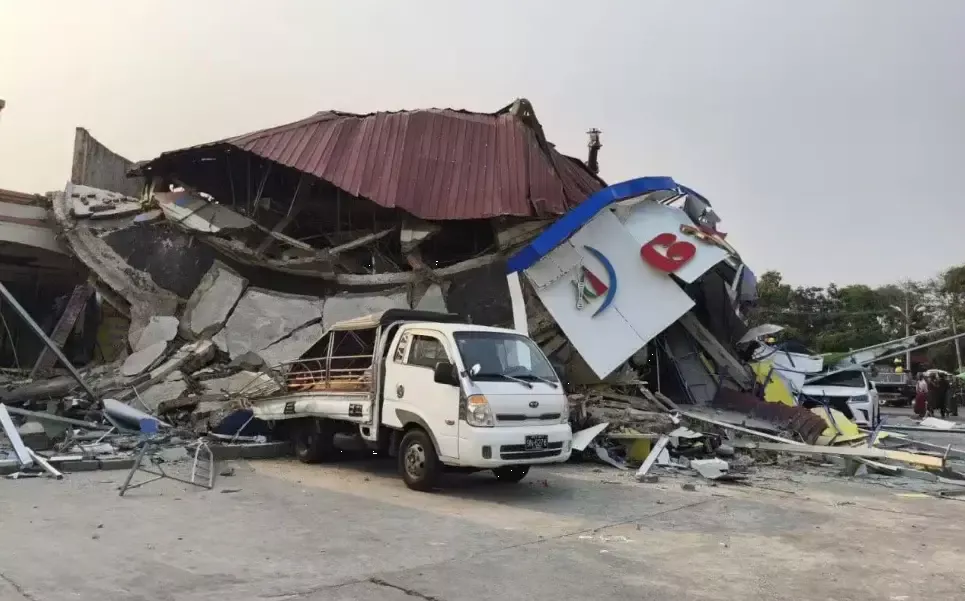
Photo: Khit Thit Media
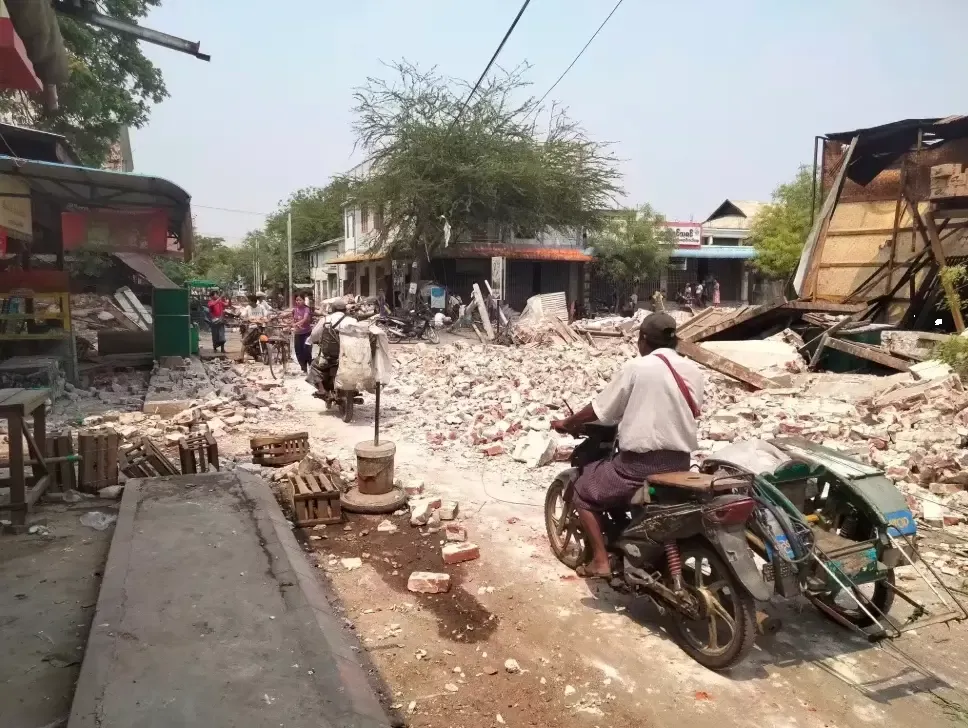
Photo: Khit Thit Media
“A total of 144 people have died. In the Naypyidaw municipal district, 432 people have been injured. We have been informed that 300 people are still missing in Sagaing and Kyaukse. A total of 732 people have been injured. The number of deaths and injuries is expected to rise. In some areas, buildings have collapsed, so we are still conducting rescue operations in these buildings,” the state leader said in an official address to the people.
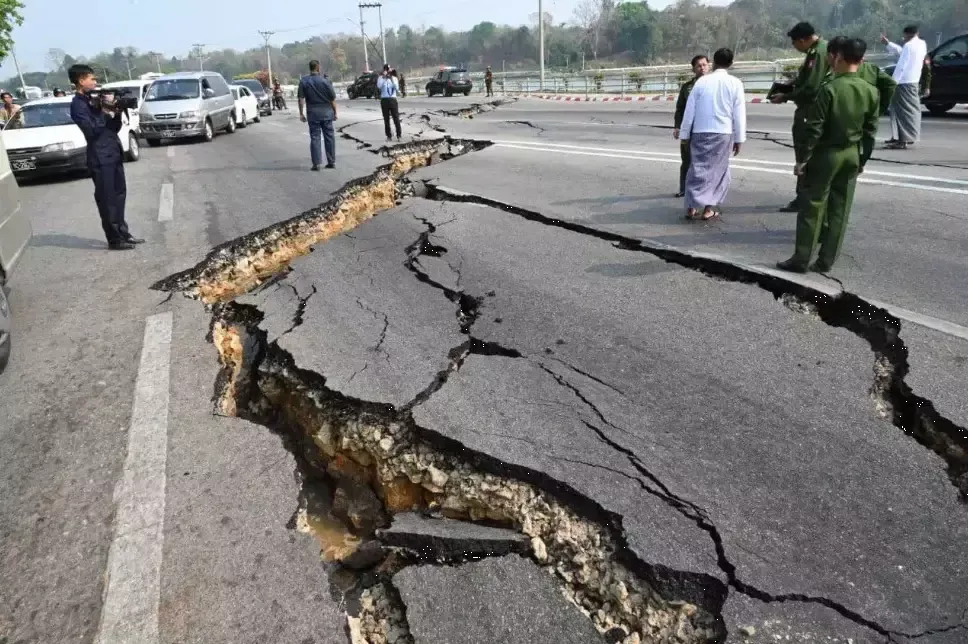
Photo: Khit Thit Media
Seismologists are warning about possible aftershocks that may occur in the coming hours after the strong earthquake and advise against being in high-rise buildings.
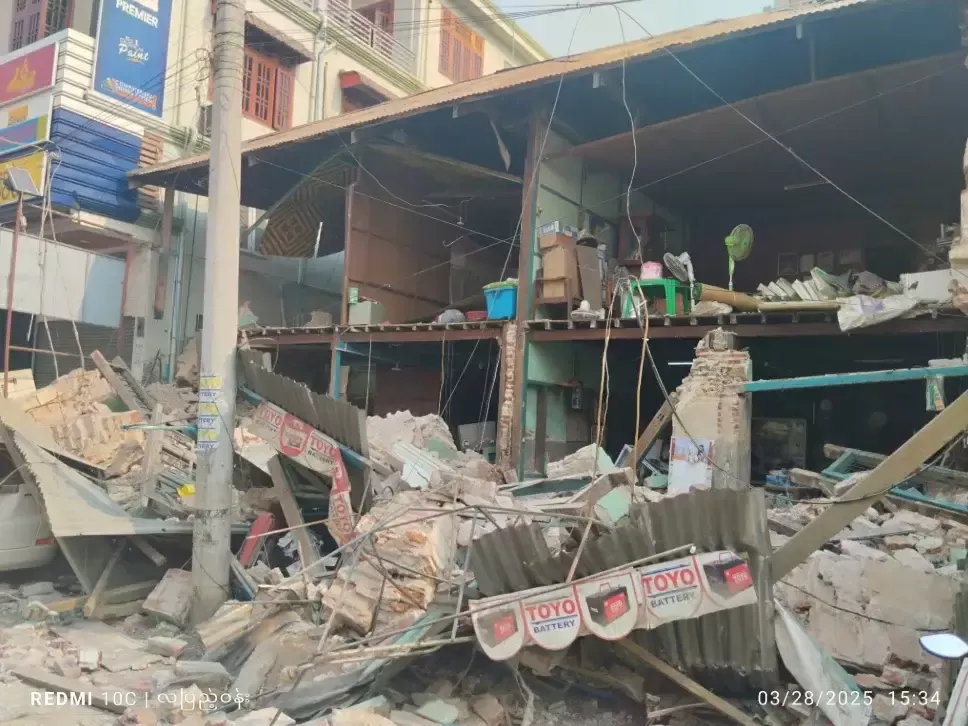
Photo: Khit Thit Media






